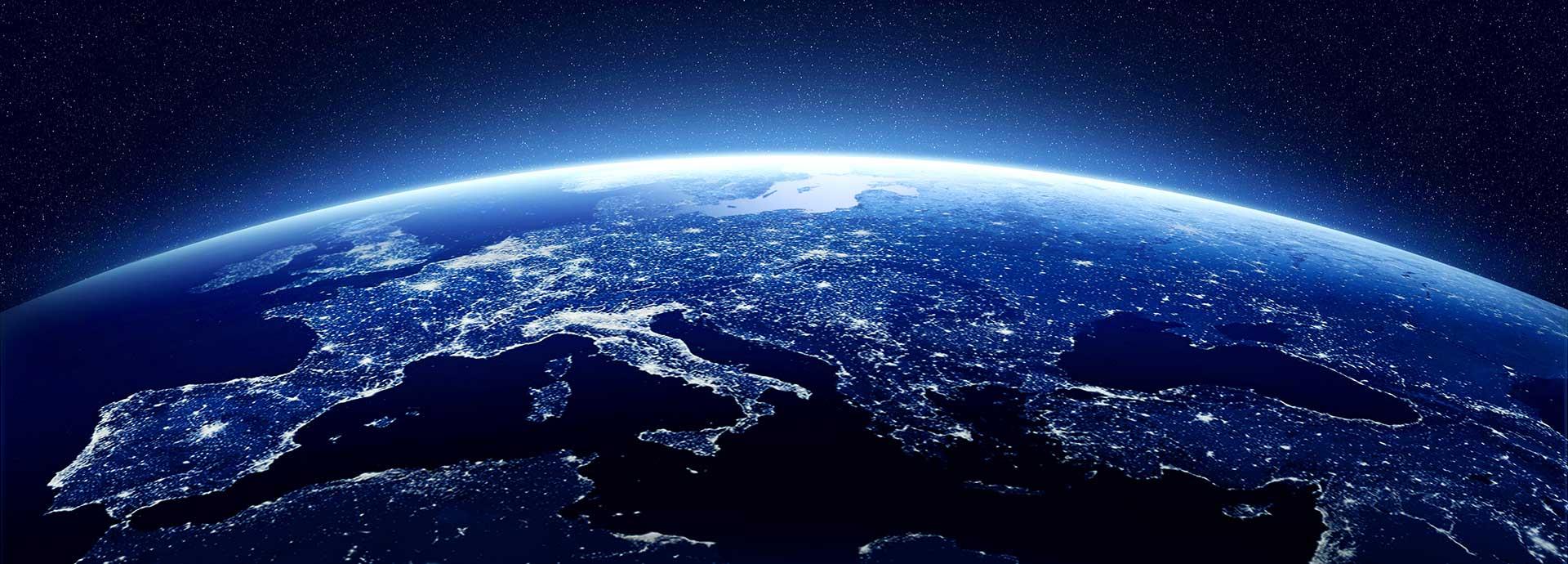

Climate change is impacting the seas to such an extent that even its colours are changing. How exactly is this happening, and what can we do to combat this?
The Pale Blue Dot is a photograph shot by the Voyager 1 space probe in 1990. Taken from 6 billion kilometres away, it shows Earth as a tiny bluish and whitish speck against the broad expanse of black space. The phrase “pale blue dot” has been
adopted as a way to describe our planet and its place in the universe. However, if we tried to replicate that picture on its one hundredth anniversary, Earth might just look different. That’s because climate change is altering the colour of
our planet.
This was the conclusion of a recent study conducted by researchers in the UK and US, led by Stephanie Dutkiewicz, principal research scientist at MIT’s Department of Earth, Atmospheric and Planetary Sciences.
Changing hues
What is causing this? It all comes down to global warming and phytoplankton, the tiny marine plants that convert sunlight into energy through photosynthesis. They form the basis of the marine food chain and are tracked with satellite imagery by researchers
who use them to gauge the health of the marine environment.
“Monitoring changes in marine phytoplankton is important as they form the foundation of the marine food web and are crucial in the carbon cycle,” explains Dutkiewicz
and her colleagues in the report.
The paper published in Nature Communications looks at a rise in global sea surface temperatures by 3 degrees by 2100, as expected from the current scenario. This will affect phytoplankton in the oceans,
which in turn will impact the colour it appears in.
Phytoplankton contains chlorophyll, a green pigment. Areas of the ocean with larger concentrations of these marine plants can appear green in colour, while areas with fewer phytoplankton
are more blue. These changes may be hard to see with the naked eye, but they will certainly be seen by sensors.
“A total of 50% of the ocean shows a signal of change by 2100, and even by 2040, 21% of the ocean has an unambiguous signal,”
writes Dutkiewicz.
Climate change and the warming of the oceans will continue unless steps are taken to control emissions. The good news, at least in the maritime industry, is that people are hearing the alarm bells and are beginning to
act.
A loud wake-up call
“Wärtsilä has a 185-year history, and yes, we are part of the problem we are facing today,” says Andrew Calzetti, Wärtsilä’s Marketing Director. “But we have a desire to change the world and
change comes from within. We need to issue a massive wakeup call to everyone about what is happening to our seas, starting from within.”
This was the background behind ‘An Oceanic Awakening’, the global movement initiated
by Wärtsilä focused on the radical transformation of the world’s marine and energy industry into one digitally connected and environmentally sustainable ecosystem.
“Our video about this global initiative has been described as a ‘movie trailer’ and even ‘work of art’,” Calzetti continues. “This is not some typical introductory video. It was a risky approach.
We wanted to raise questions and shock the industry into action, and I believe we succeeded.”
The energy and maritime industries are traditional and slow to change. In the maritime sector in particular it is common to find silos:
each port city in its own little world. Shipping remains the most cost-effective way to move goods and people around the globe, but the industry is slow to embrace major opportunities provided by new technologies, business models and ways of thinking,
and continues to be highly fragmented and bottlenecked by antiquated procedures.
‘An Oceanic Awakening’
“Oceans are the lifeline of our business and humans depend on them to survive. They are the source of our future wellbeing,” says Calzetti. “Wärtsilä’s purpose is to enable sustainable societies with smart technology,
and now is the time to have a dramatic impact on society by helping develop an efficient, green and connected maritime ecosystem.”
‘An Oceanic Awakening’ includes a two-pronged approach. The SEA20 is an independent global forum dedicated to driving societal change. It is where cross-border dialogue and decision making will take place, and
it will include industry, regulators, politicians and other decision-makers. Five maritime cities have already signed up, including Hamburg, Helsinki, Rotterdam, Trieste and the State of Washington. While the dialogue for legislation and regulation
takes place at a SEA20 level, we are bringing ecosystem players together, who have a vested interest in shaping and accelerating the transformation of the marine and energy industry, to a series of events, we call Horizons, where true collaboration
and co-creation will take place to develop specific solutions which address the urgent needs of our oceans, ports, cities, and society.
“We hope that the SEA20 will bring twenty of the foremost Smart and Ecologically-Ambitious marine
cities around the world into dialogue and cooperation by 2020,” says Calzetti. “Horizons will continue to push the boundaries and speed of innovation to benefit citizens worldwide and our planet, by radically transforming our industry.
This is long overdue, and we are very proud to be leading this movement.”


